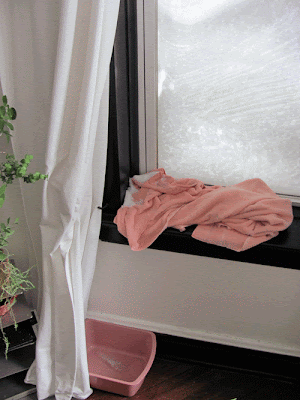IDT Energy, one of the largest energy providers in the New York region, recently launched Evergreen Fleet Services as part of its plans to enter the Natural Gas Vehicle industry. The new program will work alongside Clean Vehicle Solutions, LLC to provide a toolkit for fleet owners, operators and managers to reduce operating costs and emissions for fleet owners.
IDT CEO Geoffrey Rochwarger said:
“I am excited to announce IDT Energy’s entry into the Natural Gas Vehicle industry. Evergreen Fleet Services, through our partnership with CVS, will leverage IDT Energy’s natural gas commodity expertise and in-market experience in the retail sector to help provide world class CNG-based solutions for fleet owners in the Northeast. We initially intend to take full advantage of IDT Energy’s regional base of operations, network for supply of the commodity and other relationships and infrastructure, and then gradually expand our geographic footprint and scope of offerings.”
IDT’s Evergreen Fleet Services joins CVS, a full service, end-to-end CNG solutions provider with a range of services, including consulting, finance, production, maintenance and training.
CEO of CVS Dean Sloane said:
“The Evergreen Fleet Services partnership brings significant value to our business. IDT Energy’s natural gas commodity procurement and related industry expertise will help to further grow our business, bringing new customers and adding value to our offerings.”
Rochwarger added “Natural gas provides powerful benefits compared to traditional liquid transportation fuels. Switching to natural gas can reduce fleet fuel costs by approximately 28% compared to diesel and 35% compared to unleaded gasoline at today’s prices, while significantly reducing greenhouse emissions. Evergreen Fleet Services will help fleet owners, operators and managers to capitalize on the extraordinary advantages of CNG.”




